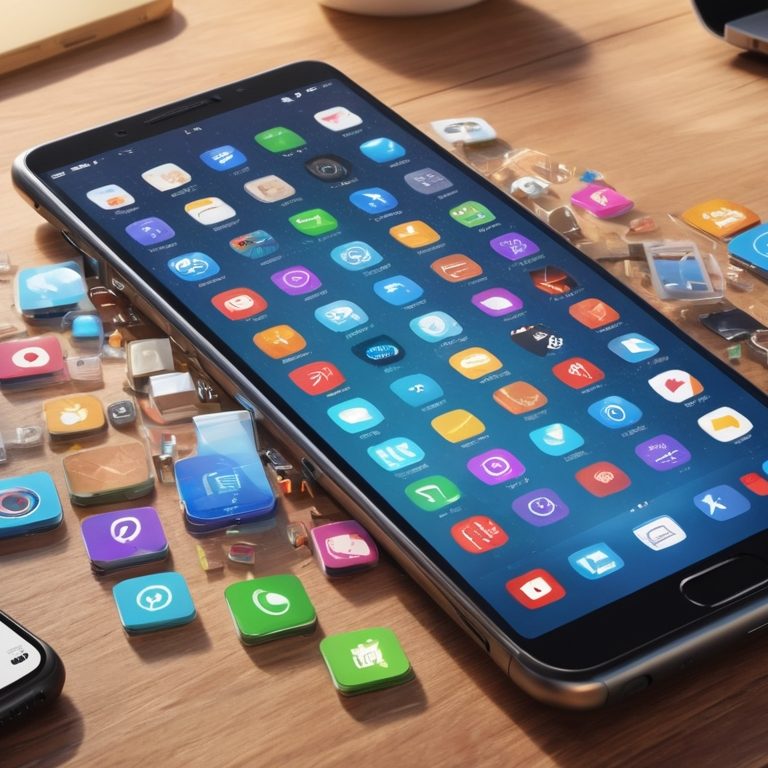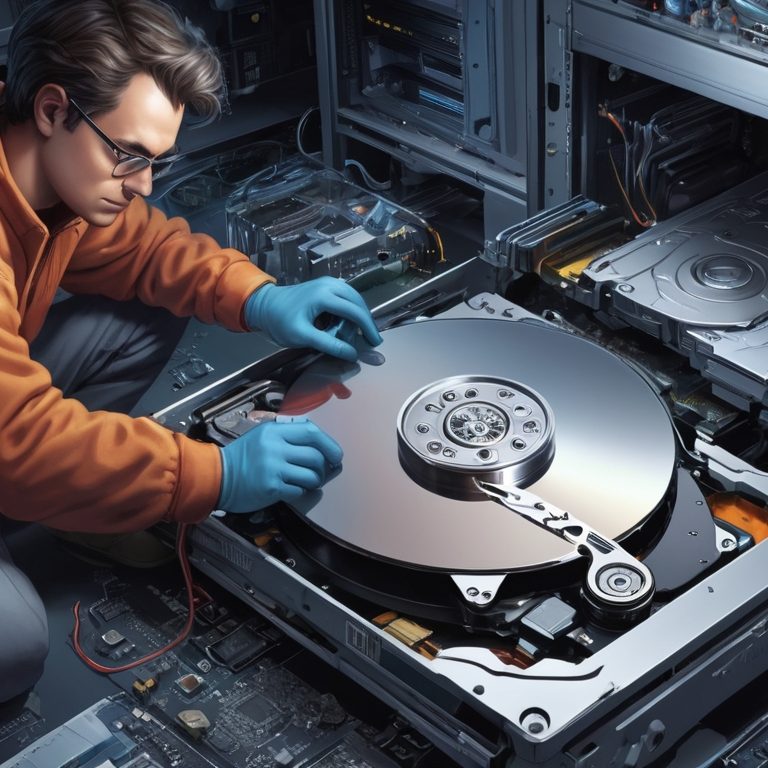Graphic design has always been a field where creativity meets technology. In 2025, AI in graphic design has completely transformed how designers work, making design processes faster, more accessible, and even more creative. Whether you’re a professional graphic designer or just starting, understanding how to use AI-powered software can elevate your work and make your creative process smoother.
In this blog post, we’ll explore the benefits, best AI-powered tools, step-by-step guides, and trends to help you navigate the world of AI in graphic design.
What is AI-Powered Graphic Design Software?
Definition and Overview
In simple terms, AI-powered graphic design software uses artificial intelligence to assist in the creative process. These tools don’t replace designers but complement their work by automating repetitive tasks, providing design suggestions, and even generating artwork from scratch. From AI-driven layout suggestions to advanced photo editing, these tools offer more possibilities for creativity than ever before.
Key Differences Between Traditional and AI-Driven Software
The primary difference between traditional design software and AI-powered graphic design software is the integration of AI algorithms. Traditional tools rely solely on the designer’s input, while AI-powered software can predict your needs, streamline workflows, and suggest creative directions based on existing designs.
Benefits of AI in Graphic Design
Speed and Efficiency
One of the biggest advantages of AI in graphic design is the speed at which tasks can be completed. Need to remove a background? AI can do it in seconds. Want to resize an image for multiple platforms? AI, has you covered. This speed allows designers to focus on more complex, creative tasks rather than getting bogged down by tedious, repetitive ones.
Enhanced Creativity and Innovation
AI can inspire creativity in unexpected ways. Some AI graphic design software tools generate new design ideas, helping you think outside the box. By analyzing existing design trends, AI can suggest layouts, color schemes, or even complete compositions you might not have considered on your own.
Automating Repetitive Tasks
Tasks like resizing images, color corrections, and even selecting fonts can be time-consuming. AI in graphic design helps automate these processes, so you spend less time on monotonous work and more time bringing your ideas to life.
Accessibility for Beginners
AI is making graphic design more accessible to beginners. With AI-powered tools like Canva and Fotor, even someone with no formal design training can create professional-quality graphics. These tools provide smart suggestions and templates that help beginners learn design principles while working on real projects.
Best AI-Powered Graphic Design Software in 2025
Adobe Sensei – AI Meets Professional Design
Adobe Sensei is Adobe’s powerful AI engine integrated into their Creative Cloud suite. Whether you’re using Photoshop, Illustrator, or InDesign, Adobe Sensei’s AI helps automate tasks like photo editing, selecting objects, and even generating design suggestions. AI in graphic design through Adobe Sensei enhances creativity while minimizing manual labor.
Canva AI – Easy Design for Everyone
Canva has always been a user-friendly tool, but its AI-powered features take it to another level. Canva’s AI graphic design software offers smart resizing, design suggestions, and a vast library of templates. It’s perfect for beginners or anyone looking for a quick, polished design without advanced skills.
Fotor – AI-Powered Editing and Design
Fotor is another excellent option for AI-driven design. It comes with AI-powered tools that automate photo editing, remove backgrounds, and enhance image quality with a click. It’s particularly useful for photographers or marketers who need to create high-quality visuals quickly.
DeepArt.io – AI for Artistic Graphic Designs
If you’re looking to turn your photos into digital artwork, DeepArt.io is a fantastic choice. This AI-powered platform analyzes your images and applies artistic filters to give them a unique, hand-painted feel. It’s a great way to use AI in graphic design for more creative, artistic projects.
AutoDraw – AI for Quick Sketches
AutoDraw, created by Google, is an easy-to-use AI tool that converts rough sketches into polished designs. This free tool is perfect for quick illustrations and simple graphic designs, proving that AI in graphic design can be helpful even for small, everyday tasks.
Step-by-Step Guide to Using AI Graphic Design Software
Step 1: Choosing the Right Software for Your Needs
The first step to using AI-powered graphic design software is selecting the right tool for your project. Are you looking for advanced features like those in Adobe Sensei, or do you need an easy-to-use platform like Canva? Consider your project requirements and skill level before choosing a tool.
Step 2: Understanding AI-Powered Features
Familiarize yourself with the key features of your chosen software. Look for tools like AI-generated templates, automated photo editing, and smart layout suggestions. These features can save time and provide creative inspiration.
Step 3: Designing with AI
Start by using the AI-generated templates or layout suggestions to create a base design. The software will offer various options, and you can tweak them as needed. For example, Canva provides pre-designed templates that you can personalize based on your branding or project needs.
Step 4: Enhancing Your Design
Once your base design is complete, use the AI-powered tools to enhance your work. For instance, Adobe Sensei can automate photo enhancements or suggest design tweaks. Make sure to add your personal touch to make the design uniquely yours.
Step 5: Exporting and Sharing Your Work
After you’ve finalized your design, export it in the desired format. Most AI graphic design software allows you to optimize your design for web, print, or social media. Canva and Fotor offer easy export options for various platforms, ensuring your design looks great everywhere.
How AI Improves Workflow for Designers
Automating Tedious Tasks
AI takes over time-consuming tasks like resizing images, creating layouts, and adjusting colors, giving you more time to focus on creativity. AI in graphic design allows for a smoother workflow, where designers can focus on the art while the software handles the technical aspects.
Predictive Design Suggestions
AI can analyze your designs and suggest improvements. It can recommend better fonts, color schemes, or layouts based on current design trends and best practices, helping you create a more polished final product.
Collaboration and Cloud-Based Editing
Many AI-powered design tools are cloud-based, allowing for real-time collaboration. Tools like Canva allow teams to work together on a project, with AI optimizing designs as they go. This is especially useful for remote teams working on design projects.
Common Mistakes to Avoid When Using AI for Graphic Design
Over-Reliance on AI
While AI in graphic design is incredibly useful, relying too much on AI can make your designs look generic. Always ensure that you’re adding a personal, creative touch to your work.
Not Personalizing AI-Generated Templates
Many AI-powered tools provide templates to speed up the design process. However, it’s essential to personalize these templates to fit your unique style or brand. Avoid using generic designs that don’t reflect your creative vision.
Ignoring Basic Design Principles
Even with the help of AI, it’s important to remember the fundamentals of good design: balance, contrast, alignment, and hierarchy. Don’t skip these principles just because AI makes things easier.
Future Trends in AI and Graphic Design for 2025
AI-Assisted Collaboration Tools
As remote work continues to rise, AI in graphic design will play a larger role in collaboration tools, making it easier for teams to work on projects together in real-time, with AI handling routine tasks and enhancing efficiency.
AI-Powered 3D Design
AI is increasingly being integrated into 3D modeling and animations, allowing designers to create more immersive and interactive designs without needing advanced technical skills.
AI-Driven Personalization in Design
AI will continue to personalize designs based on user data, creating tailored visuals for specific audiences. This could range from dynamic website designs to personalized marketing materials.
Conclusion
In 2025, AI in graphic design is no longer a luxury—it’s a necessity. From automating tasks to providing creative inspiration, AI-powered tools are revolutionizing how we approach design. Whether you’re a professional or a beginner, embracing AI will unlock new possibilities and enhance your workflow.
FAQs
Q1: Can AI-powered software fully replace human graphic designers?
No, AI tools complement the design process but can’t fully replace human creativity and judgment.
Q2: What’s the best AI graphic design software for beginners in 2025?
Canva AI and Fotor are great choices for beginners due to their user-friendly interfaces and powerful AI features.
Q3: Are AI-generated designs customizable?
Yes, most AI-generated designs can be personalized to fit your brand or personal style.
Q4: How does AI improve the design process?
AI automates repetitive tasks, suggests design improvements, and speeds up workflows, allowing designers to focus on creative aspects.
Q5: Will AI-driven design lead to more creativity or less?
AI-driven design can inspire more creativity by handling routine tasks, allowing designers to explore new ideas and approaches.
Click here to see more tech blogs.
Click here to use free Web Tools.
Visit TechJungle for tech reviews



